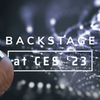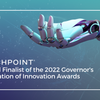Closing The Gap - Introduce Peace Into Your Daily Life

Introduce Peace Into Your Daily Life
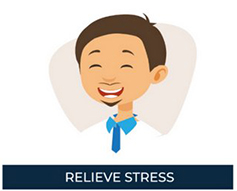
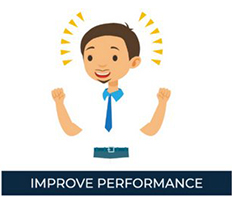
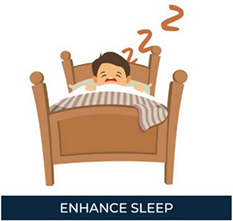
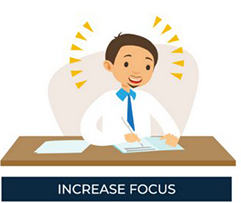
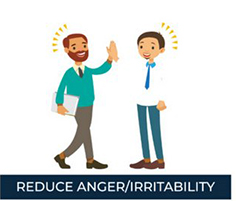
CALMING VIBRATIONS FOR STRESSFUL SITUATIONS
Learning how to deal with stress is important because, when untreated, it can be terrible for your physical and emotional health. Stress can directly affect your sleep, performance, mood, relationships and more.
Unfortunately, traditional methods of managing stress require a significant financial and time investment, so finding a way to regulate it while you go about your day represents a profound shift in the way we all can live more productive lives.
Consider TouchPoints your holistic health partner for body and mind. They use neuroscience and technology to directly affect the body’s biological mechanism for stress to deliver results in as few as 30 seconds.
WHAT ARE TOUCHPOINTS?
TouchPoints™ are twin neuroscientific wearables that provide fast relief from stress. They are worn on each side of the body preventatively or on-the-spot for 15 minutes before, during or after a stressful situation.
Using gentle, haptic micro vibrations called BLAST (bilateral alternating stimulation tactile), TouchPoints give the user a gentle vibration that affects the brain and alters the body’s fight, flight or freeze response to restore calm nervous system functioning.
This not only helps to reduce the amount of perceived stress experienced, but also the associated body sensation that comes with it (i.e. stomach butterflies or tightness in the chest).
Having the ability to think rationally without an associated body sensation helps the brain create new neural pathways that are net positive, and this has a lasting effect on your brain. Now the next time you think of that same stressful situation, it doesn’t feel so bad!
HOW DO TOUCHPOINTS WORK?
The patent-pending BLAST technology in TouchPoints is backed by decades of scientific and academic research on bilateral stimulation that shows significant reductions in beta activity in the brain with use.
Stress activates in milliseconds, turning on and off like a light switch hundreds of times a day.
When we’re stressed, our brain processes a complex set of risk factors. From body sensations to our internal thoughts to circumstances in our external environment, our brain makes a rapid decision about how to react to the perceived threat. The threat could be external (we see a snake on our hiking trail) or internal (we miss a deadline at work and fear losing our job). This triggers our stress response to turn on instantaneously, shooting our adrenaline and cortisol levels through the roof.
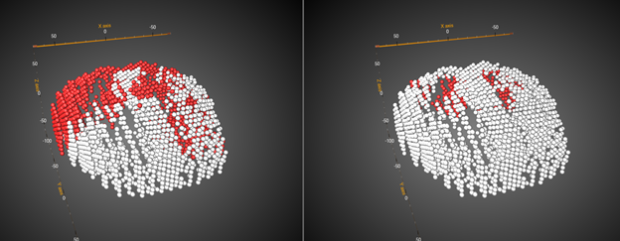
While this is a very good biological mechanism for survival, most of the time our lives are not at risk – this doesn’t stop the light switch from still turning on, even when it doesn’t need to.
This ruins lives and ultimately challenges the status quo of the way we perceive stress. There is a solution! Advances in neuroscience have shown us that using bilateral stimulation can actually turn the light switch off just as easily as we turn it on.
Neuroscience shows that using BLAST technology in TouchPoints can actually turn the stress switch off without you having to breathe, meditate, or stop what you are doing.
Data from thousands of TouchPoints users confirms significant stress relief along with a relief in disturbing body sensations in just 30 seconds. This groundbreaking research has been peer-reviewed, published, and dozens of global research projects are underway to examine the benefits of TouchPoints on cortisol levels, pain, focus, performance, attention, sleep, irritability, and quality of life.
TouchPoints offer a passive, non-invasive solution that may be more powerful than other methods in preventing nervous system hyperarousal in real-time. TouchPoints can be used in the classroom, at home, or during therapy sessions to help reduce sensory hyperarousal for improved outcomes in children with ASD.

Dr. Amy Serin – The Science of Autism
Dr. Amy Serin speaks on the science of ASD (Autism Spectrum Disorder).
*This article first appeared in Closing The Gap on September 10, 2018, by Marc Hagen. To read the full article, click here.


